131 private links
Britney Crystal Gallivan (born 1985) of Pomona, California, is best known for determining the maximum number of times that paper or other materials can be folded in half.
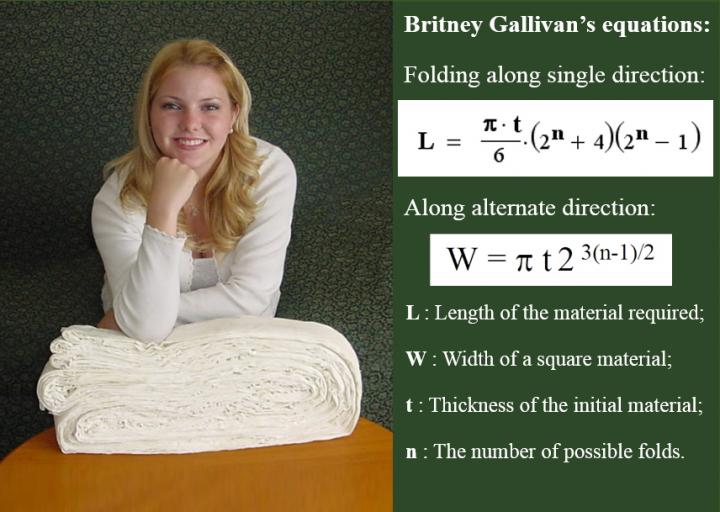
Mathigon's innovative new curriculum covers everything from fractions and trigonometry to graph theory, cryptography, prime numbers and fractals.
The Fibonacci numbers are the sequence 1, 1, 2, 3, 5, 8, ..., and satisfy the recurrence F(n) = F(n – 1) + F(n – 2).
They also have a beautiful formula.
My favorite derivation of this formula entirely avoids algebraic manipulation.
Roughly speaking, Gödel’s Incompleteness Theorem states that there are true mathematical statements that cannot be proven. When I was in 11-th grade, my geometry teacher Mr. Olsen, my friend Uma Roy, and I spent five weeks reading through Gödel’s original proof of the theorem. Why did it take so long? Partly because Uma and I were high-school students. Partly because Gödel was a less-than-talented writer. But mostly because the proof is actually pretty hard.
A few months from now, if James Tanton and his Global Math Project co-conspirators have their way, ten million schoolchildren will take a huge mathematical step from the twenty-first century all th…
This is the first million integers, represented as binary vectors indicating their prime factors, and laid out using the UMAP dimensionality reduction algorithm by Leland Mcinnes. Each integer is represented in a high-dimensional space, and gets squished down to 2D so that numbers with similar prime factorisations are closer together than those with dissimilar factorisations.
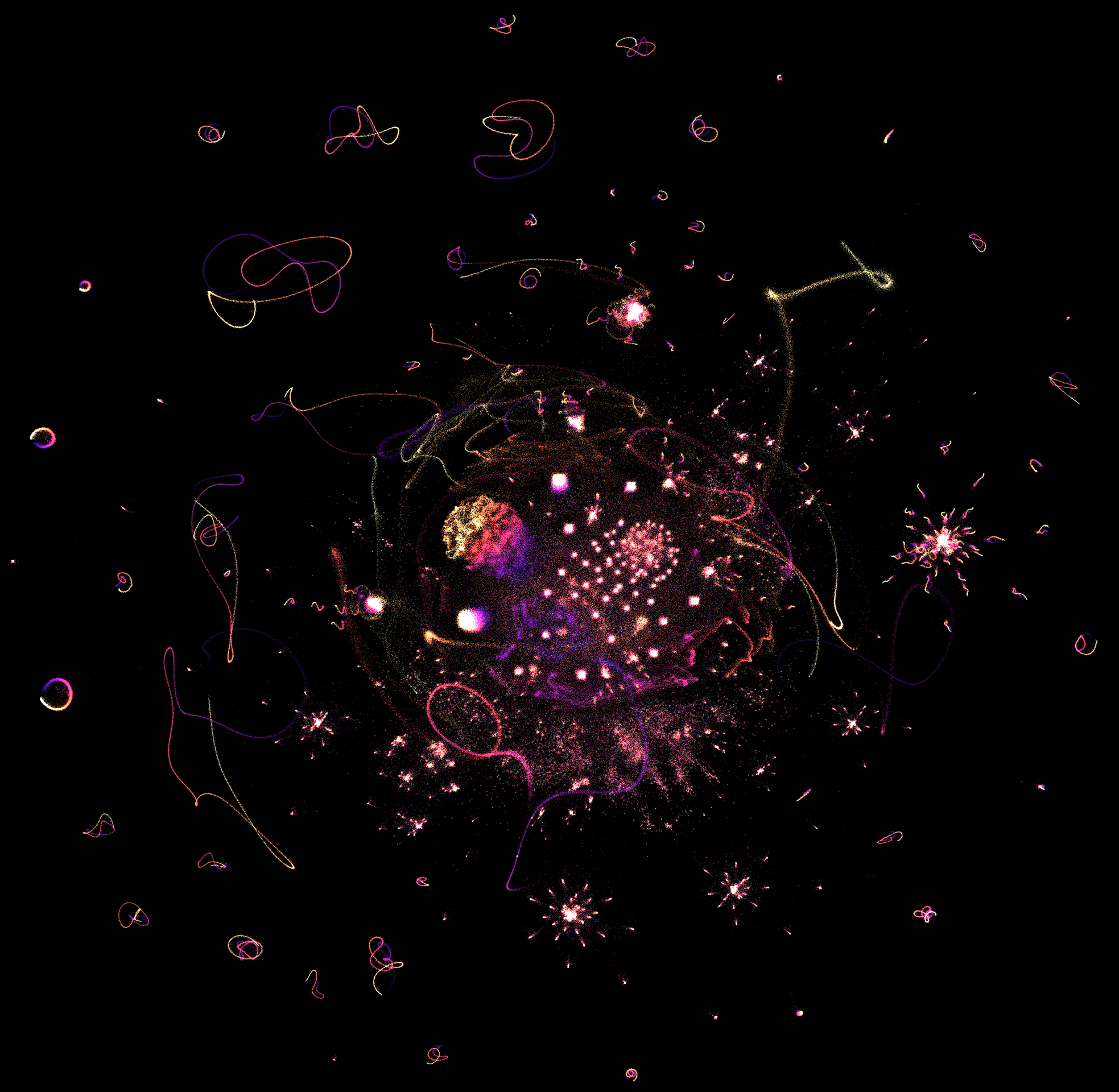
The purpose of this month's article is to bring once more to the public consciousness some work of Sir Roger Penrose, namely "On the Cohomology of Impossible Figures," which appeared in Structural Topology 17 (1961) pp. 11-16 and was reprinted in Leonardo 25, Nos 3/4 (1992) and then as Chapter 4 of The Visual Mind, Michele Emmer, ed., MIT Press, 1993.
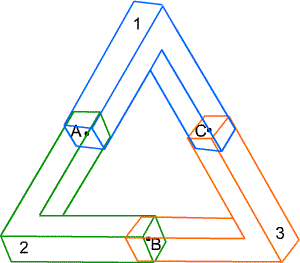
A receiver operating characteristic (ROC) is a graph that illustrates the performance of a binary classifier as its discrimination threshold (cutoff) is changed.
The curve is created by plotting the true positive rate (TPR) against the false positive rate (FPR) at various cutoff settings. The true-positive rate is known as sensitivity, the false-positive rate is known as the fall-out and is calculated as (1 - specificity).
The ROC curve is thus a plot of the true positives (TPR) versus the false positives (FPR). The ROC curve can be generated by plotting the cumulative distribution function (area under the probability distribution from - ∞ to + ∞ ) of the correct detection probability in the y-axis versus the cumulative distribution function of the false-alarm probability in x-axis.
Mathematics is all around us, and it has shaped our understanding of the world in countless ways.
In 2013, mathematician and science author Ian Stewart published a book on 17 Equations That Changed The World. We recently came across this convenient table on Dr. Paul Coxon’s twitter account by mathematics tutor and blogger Larry Phillips that summarizes the equations.
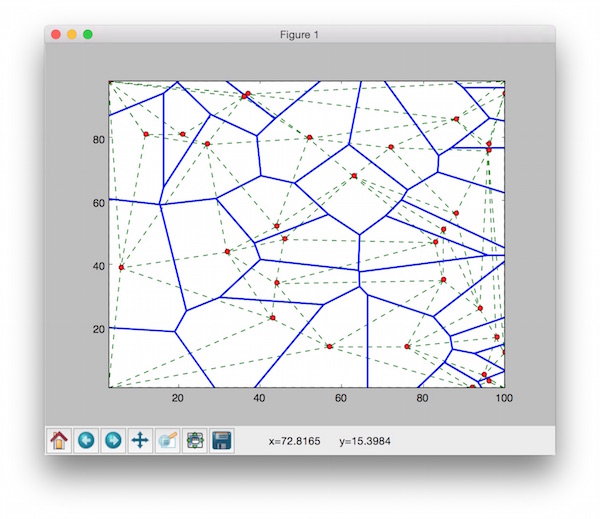
We shall introduce PyDelaunay as a practical spatial construction. It is an efficient Python implementation of Voronoi/Delaunay Tessellation, which can be served as the Basic Map of the neighbourhood concept.
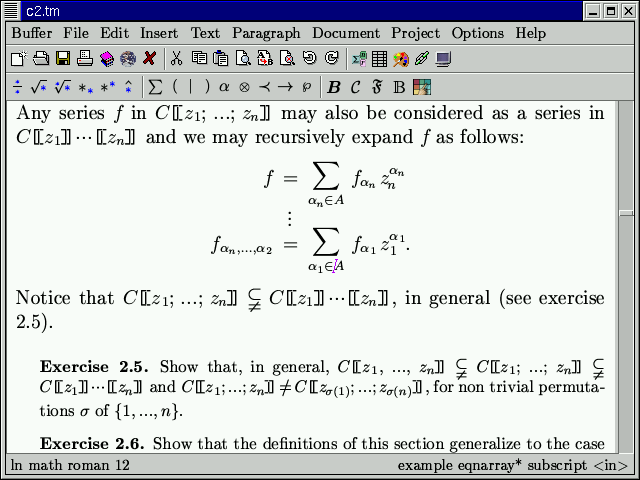
GNU TeXmacs is a free wysiwyw (what you see is what you want) editing platform with special features for scientists. The software aims to provide a unified and user friendly framework for editing structured documents with different types of content (text, graphics, mathematics, interactive content, etc.). The rendering engine uses high-quality typesetting algorithms so as to produce professionally looking documents, which can either be printed out or presented from a laptop.
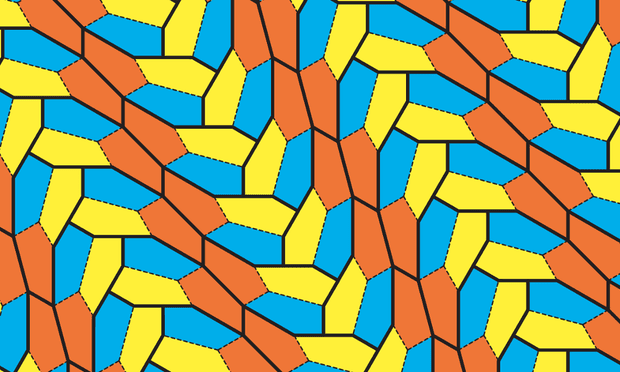
Joy as mathematicians discover a new type of pentagon that can cover the plane leaving no gaps and with no overlaps. It becomes only the 15th type of pentagon known that can do this, and the first discovered in 30 years.
Mathomatic™ is a portable, command-line, educational CAS and calculator software, written entirely in the C programming language. It is Free and Open Source Software (FOSS), published under the GNU Lesser General Public License (LGPL version 2.1), and has been under continual development since 1986. The software can symbolically solve, simplify, combine, and compare algebraic equations, simultaneously performing generalized standard, complex number, modular, and polynomial arithmetic, as needed. It does some calculus and is very easy to compile/install, learn, and use.
A collection of functions for shaping and tweening signals in the range 0 to 1.
Beautiful math in all browsers.
A JavaScript display engine for mathematics that works in all browsers.
No more setup for readers. It just works.
A probabilistic algorithm is exhibited that calculates the gcd of many integers using gcds of pairs of integers; the expected number of pairwise gcds required is less than two.
This page points to a collection of mathematical quotations culled from many sources.
